Porsche 2009 Annual Report Download - page 63
Download and view the complete annual report
Please find page 63 of the 2009 Porsche annual report below. You can navigate through the pages in the report by either clicking on the pages listed below, or by using the keyword search tool below to find specific information within the annual report.-
 1
1 -
 2
2 -
 3
3 -
 4
4 -
 5
5 -
 6
6 -
 7
7 -
 8
8 -
 9
9 -
 10
10 -
 11
11 -
 12
12 -
 13
13 -
 14
14 -
 15
15 -
 16
16 -
 17
17 -
 18
18 -
 19
19 -
 20
20 -
 21
21 -
 22
22 -
 23
23 -
 24
24 -
 25
25 -
 26
26 -
 27
27 -
 28
28 -
 29
29 -
 30
30 -
 31
31 -
 32
32 -
 33
33 -
 34
34 -
 35
35 -
 36
36 -
 37
37 -
 38
38 -
 39
39 -
 40
40 -
 41
41 -
 42
42 -
 43
43 -
 44
44 -
 45
45 -
 46
46 -
 47
47 -
 48
48 -
 49
49 -
 50
50 -
 51
51 -
 52
52 -
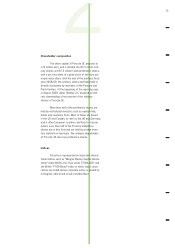 53
53 -
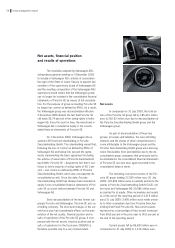 54
54 -
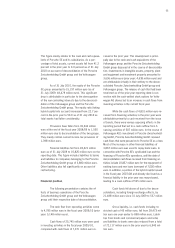 55
55 -
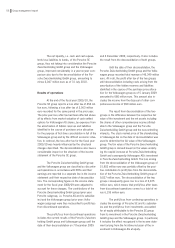 56
56 -
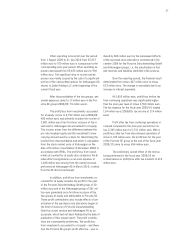 57
57 -
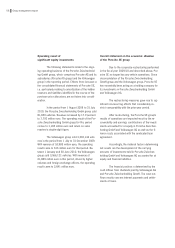 58
58 -
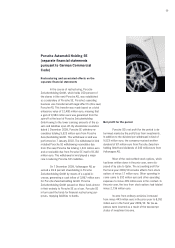 59
59 -
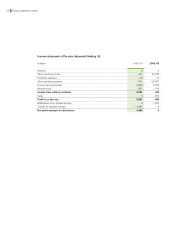 60
60 -
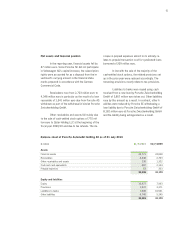 61
61 -
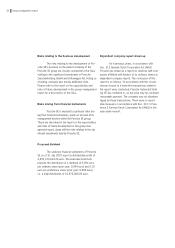 62
62 -
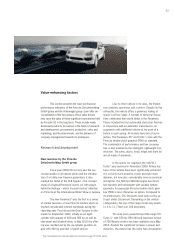 63
63 -
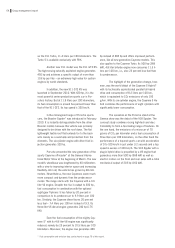 64
64 -
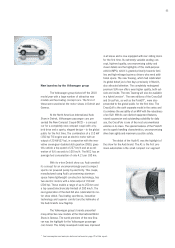 65
65 -
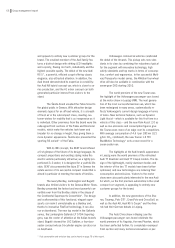 66
66 -
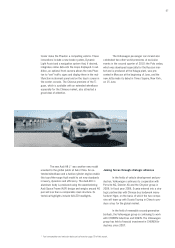 67
67 -
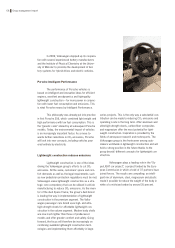 68
68 -
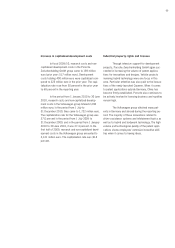 69
69 -
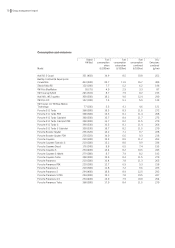 70
70 -
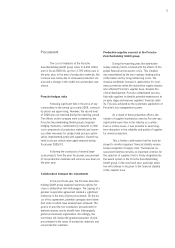 71
71 -
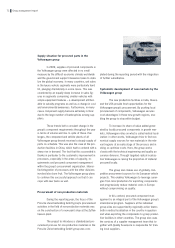 72
72 -
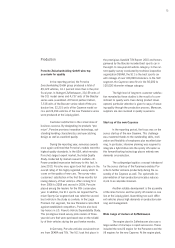 73
73 -
 74
74 -
 75
75 -
 76
76 -
 77
77 -
 78
78 -
 79
79 -
 80
80 -
 81
81 -
 82
82 -
 83
83 -
 84
84 -
 85
85 -
 86
86 -
 87
87 -
 88
88 -
 89
89 -
 90
90 -
 91
91 -
 92
92 -
 93
93 -
 94
94 -
 95
95 -
 96
96 -
 97
97 -
 98
98 -
 99
99 -
 100
100 -
 101
101 -
 102
102 -
 103
103 -
 104
104 -
 105
105 -
 106
106 -
 107
107 -
 108
108 -
 109
109 -
 110
110 -
 111
111 -
 112
112 -
 113
113 -
 114
114 -
 115
115 -
 116
116 -
 117
117 -
 118
118 -
 119
119 -
 120
120 -
 121
121 -
 122
122 -
 123
123 -
 124
124 -
 125
125 -
 126
126 -
 127
127 -
 128
128 -
 129
129 -
 130
130 -
 131
131 -
 132
132 -
 133
133 -
 134
134 -
 135
135 -
 136
136 -
 137
137 -
 138
138 -
 139
139 -
 140
140 -
 141
141 -
 142
142 -
 143
143 -
 144
144 -
 145
145 -
 146
146 -
 147
147 -
 148
148 -
 149
149 -
 150
150 -
 151
151 -
 152
152 -
 153
153 -
 154
154 -
 155
155 -
 156
156 -
 157
157 -
 158
158 -
 159
159 -
 160
160 -
 161
161 -
 162
162 -
 163
163 -
 164
164 -
 165
165 -
 166
166 -
 167
167 -
 168
168 -
 169
169 -
 170
170 -
 171
171 -
 172
172 -
 173
173 -
 174
174 -
 175
175 -
 176
176 -
 177
177 -
 178
178 -
 179
179 -
 180
180 -
 181
181 -
 182
182 -
 183
183 -
 184
184 -
 185
185 -
 186
186 -
 187
187 -
 188
188 -
 189
189 -
 190
190 -
 191
191 -
 192
192 -
 193
193 -
 194
194 -
 195
195 -
 196
196 -
 197
197 -
 198
198 -
 199
199 -
 200
200 -
 201
201 -
 202
202 -
 203
203 -
 204
204 -
 205
205 -
 206
206 -
 207
207 -
 208
208 -
 209
209 -
 210
210 -
 211
211 -
 212
212 -
 213
213 -
 214
214 -
 215
215 -
 216
216 -
 217
217 -
 218
218 -
 219
219 -
 220
220 -
 221
221 -
 222
222 -
 223
223 -
 224
224 -
 225
225 -
 226
226 -
 227
227 -
 228
228 -
 229
229 -
 230
230 -
 231
231 -
 232
232 -
 233
233 -
 234
234 -
 235
235 -
 236
236 -
 237
237 -
 238
238 -
 239
239 -
 240
240 -
 241
241 -
 242
242 -
 243
243 -
 244
244 -
 245
245 -
 246
246 -
 247
247 -
 248
248 -
 249
249 -
 250
250 -
 251
251 -
 252
252 -
 253
253 -
 254
254 -
 255
255 -
 256
256 -
 257
257 -
 258
258 -
 259
259 -
 260
260 -
 261
261 -
 262
262 -
 263
263 -
 264
264 -
 265
265 -
 266
266 -
 267
267 -
 268
268 -
 269
269 -
 270
270 -
 271
271 -
 272
272 -
 273
273 -
 274
274 -
 275
275
 |
 |

Value-enhancing factors
This section presents the main non-financial
performance indicators of the Porsche Zwischenholding
GmbH group and the Volkswagen group. Even after de-
consolidation of the two groups, these value drivers
help raise the value of these significant investments held
by Porsche SE in the long term. These include newly
developed products, processes in the fields of research
and development, procurement, production, sales and
marketing, and the environment, and the behavior of
company management towards its employees.
Research and development
New launches by the Porsche
Zwischenholding GmbH group
Fiscal year 2009/10 not only saw the suc-
cessful update of all vehicle series and the introduc-
tion of a totally new Cayenne generation; it also
marked the debut of the 918 Spyder – the concept
study of a high-performance sports car with plug-in
hybrid technology – which focused visitors’ attention
on Porsche at the International Motor Show in Geneva.
The new Panamera* was the first in a series
of market launches of new Porsche models which at-
tracted considerable interest worldwide during the
reporting year. Porsche put the Gran Turismo on the
market in September 2009, initially as an eight-
cylinder with outputs of 400 and 500 hp as well as
rear-wheel and all-wheel drive; in May 2010 the offer-
ing was rounded out by the six-cylinder gasoline en-
gine with 300 hp and later a hybrid version.
Like no other vehicle in its class, the Panam-
era combines sportiness with comfort. Despite its flat
silhouette, the vehicle offers a generous feeling of
space in all four seats. A number of technical innova-
tions celebrated their world debut in the Panamera.
These included the first automated start/stop function
in conjunction with an automatic transmission, air
suspension with additional volume at the push of a
button in each spring. All models have direct fuel in-
jection. The Panamera 4S* and Turbo* come with the
Porsche double-clutch gearbox (PDK) as standard.
The combination of performance and low consump-
tion is also enabled by the intelligent, lightweight con-
struction. The axles, doors, hood, wings and trunk lid
are all made of aluminum.
In the sports car segment, the new 911
Turbo* was launched in November 2009. All key fea-
tures of the vehicle have been significantly enhanced.
It is not only more powerful, faster and even more
dynamic, but now also considerably more economical
and lighter. The 500 hp (368 kW) engine has direct
fuel injection and turboloader with variable turbine
geometry. A seven-gear Porsche double-clutch gear-
box (PDK) is also offered as an option. Compared to
its predecessor, CO2 emissions have been cut by up
to just under 18 percent. Depending on the vehicle
configuration, the top of the range model only needs
11.4 to 11.7 liters per 100 kilometers.
The even more powerful top-of-the-range 911
Turbo S* with 530 hp (390 kW) and maximum torque
of 700 Newton meters has been available since May
2010. Despite the significant increase in power and
dynamics, the vehicle has the same fuel consumption
* Fuel consumption and emission data can be found on page 70 of this report.
63
